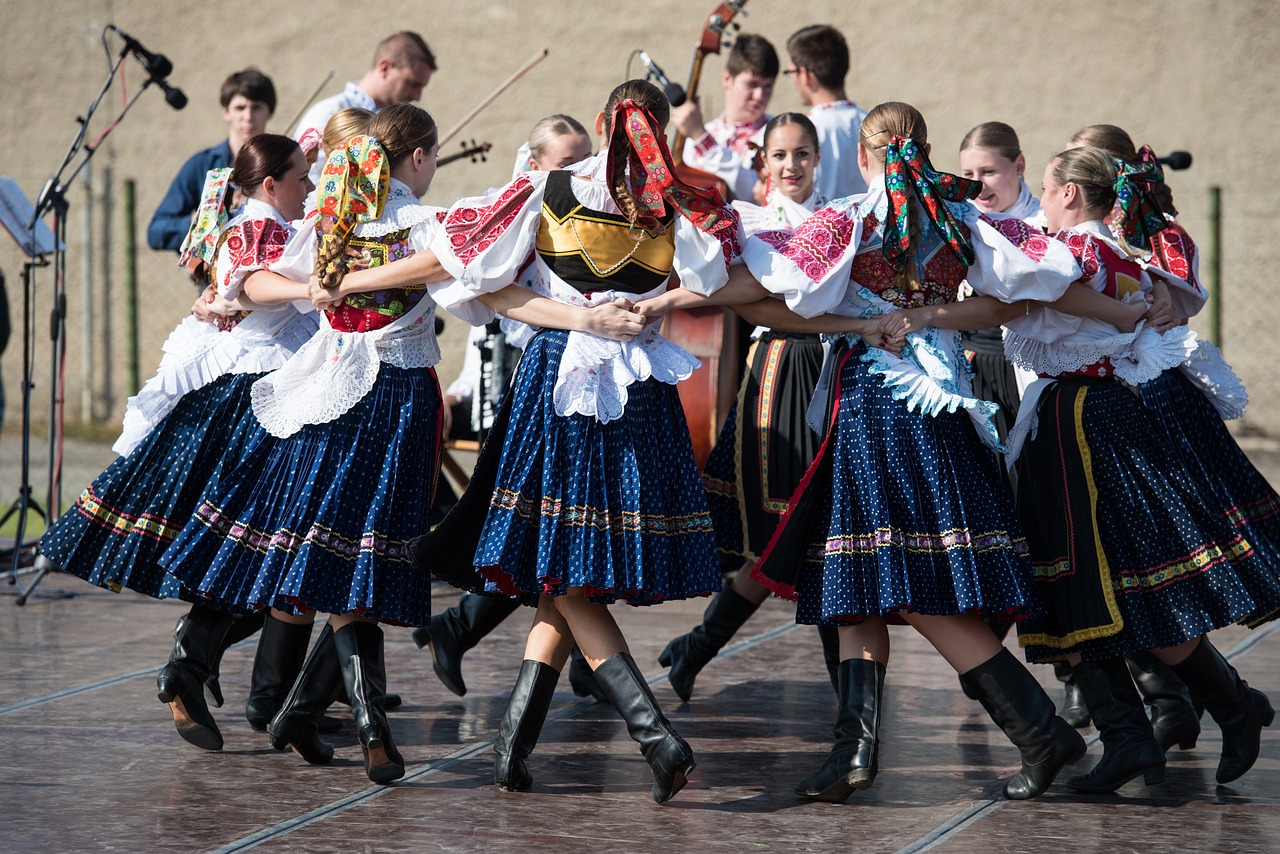NFT-Verified Folklore Stories: A Modern Approach to Preserving Cultural Heritage

In the ever-evolving digital landscape, the intersection of technology and culture has given rise to innovative methods of preserving and authenticating folklore. Non-Fungible Tokens (NFTs), primarily recognized for their role in the digital art market, have begun to serve as a tool for verifying and safeguarding folklore stories, offering a new dimension to cultural preservation.
The concept of NFTs, which are unique digital assets verified using blockchain technology, ensures that each token is distinct and immutable. This characteristic makes NFTs an ideal medium for certifying the authenticity and provenance of digital content. While the application of NFTs in art and gaming is well-documented, their potential in the realm of folklore preservation is garnering attention from cultural organizations and technologists alike.
Folklore, comprising myths, legends, and traditional tales, forms an integral part of a community’s cultural heritage. These stories, traditionally passed down through generations via oral tradition, face the risk of distortion or loss over time. By leveraging NFT technology, it is possible to create a permanent digital record of these narratives, ensuring their integrity and accessibility for future generations.
Globally, several initiatives are underway to harness the power of NFTs for cultural preservation. For instance, in regions where folklore is a vibrant aspect of community identity, cultural foundations and tech startups are collaborating to digitize and tokenize these stories. This process involves documenting the tales, creating digital representations, and minting them as NFTs on blockchain platforms. Once minted, these folklore NFTs can be stored in digital libraries, providing a secure and traceable archive.
There are several benefits to this approach:
- Authenticity and Ownership: NFTs provide an unalterable certification of authenticity, which is crucial in maintaining the original form of folklore stories. This ensures that narratives remain unchanged and can be attributed to their rightful cultural origin.
- Monetization Opportunities: While the primary goal is preservation, NFTs also offer potential revenue streams for communities. Tokenized folklore can be sold or leased, with proceeds supporting cultural initiatives or local economies.
- Global Accessibility: By digitizing folklore, communities can share their stories with a global audience, fostering cross-cultural understanding and appreciation.
Despite the promising prospects, the integration of NFTs in folklore preservation is not without challenges. The digital divide remains a significant barrier, as communities with limited access to technology may struggle to participate in such initiatives. Furthermore, ethical considerations around cultural appropriation and the commercialization of sacred stories need careful navigation.
To address these concerns, it is essential to establish frameworks that prioritize the rights and voices of indigenous and local communities. Collaborations between technologists, cultural anthropologists, and community leaders are vital in ensuring that NFT-based projects align with the values and interests of the cultures they aim to preserve.
In conclusion, NFT-verified folklore stories represent a groundbreaking approach to cultural preservation in the digital age. By providing a secure and transparent method of documenting and sharing traditional narratives, NFTs have the potential to revolutionize how we approach the safeguarding of intangible cultural heritage. As technology continues to evolve, the responsible and ethical use of NFTs could pave the way for new forms of cultural expression and preservation, bridging the gap between past traditions and future innovations.













